10 Rarest Books Banned by American Library Association
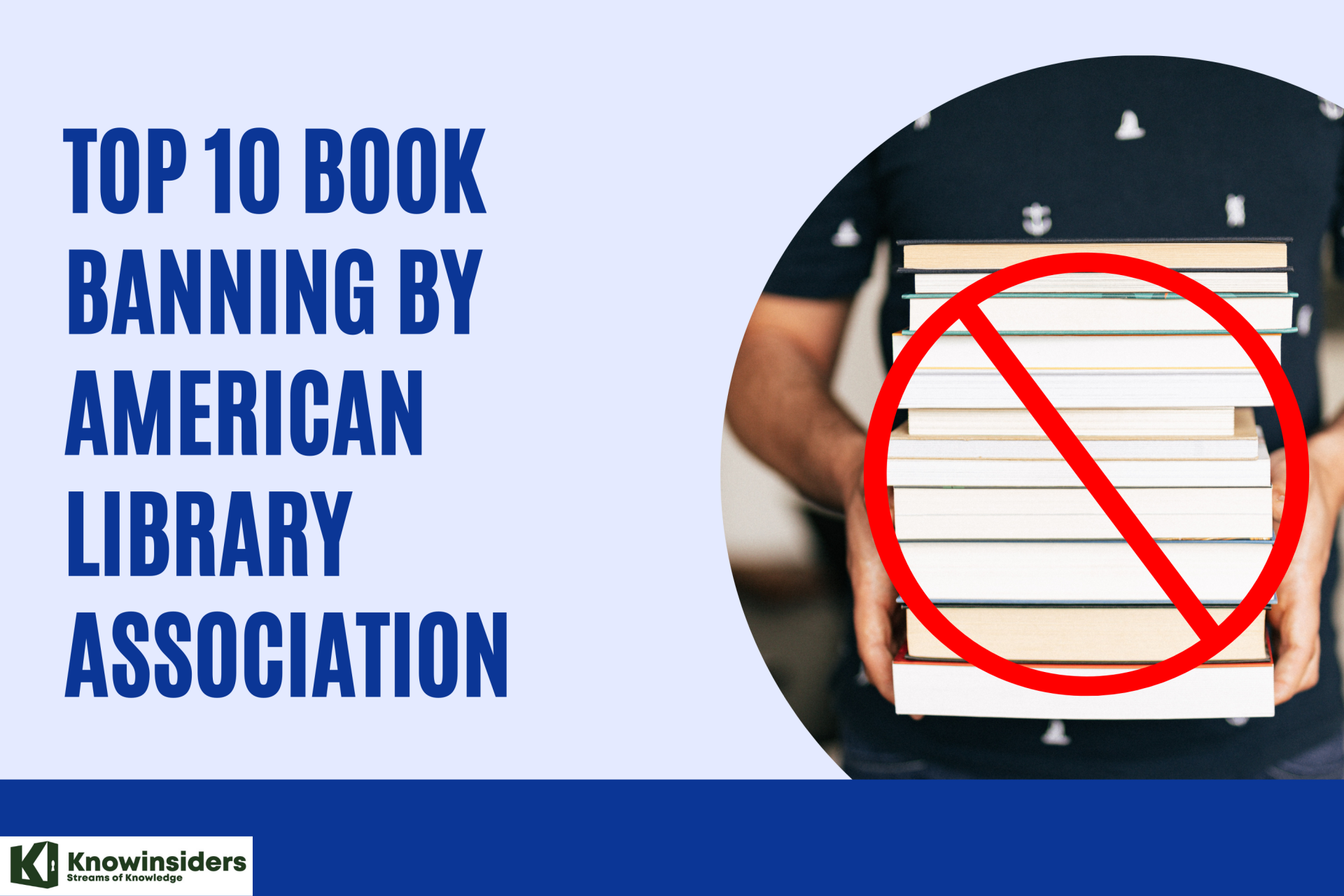 |
| Top 10 Book Banning by American Library Association |
Even now, books are still questioned and outlawed. A challenge is an effort to restrict or remove materials based on the complaints of an individual or organization. The removal of those content constitutes a ban.
Notwithstanding the fact that books have been and still are banned, Banned Books Week celebrates the fact that, for the most part, the works have stayed in print. This is only possible because of the work of libraries, instructors, students, and other community members who stand up for the right to read.
Book banning, a form of censorship, occurs when private individuals, government officials, or organizations remove books from libraries, school reading lists, or bookstore shelves because they object to their content, ideas, or themes. Those advocating a ban complain typically that the book in question contains graphic violence, expresses disrespect for parents and family, is sexually explicit, exalts evil, lacks literary merit, is unsuitable for a particular age group, or includes offensive language.
ALA's Office for Intellectual Freedom (OIF) receives reports from libraries, schools, and the media on attempts to ban books in communities across the country. We compile lists of challenged books in order to inform the public about censorship efforts that affect libraries and schools.
Recent polls, according to the ALA, revealed that seven out of ten voters, including majorities of voters from both parties, oppose initiatives to remove books from public libraries.
Yet 74% of parents whose children attend public schools said they have a lot of faith in school libraries to select appropriate books for kids to read.
Large majorities agree that each of the book categories that have been the subject of local discussions should be made available in school libraries on an age-appropriate basis.
In response to the uptick in book challenges and other efforts to suppress access to information, ALA will launch Unite Against Book Bans, a national initiative focused on empowering readers everywhere to stand together in the fight against censorship.
Book banning is the most widespread form of censorship in the United States
 |
| Rarest Books Banned by American Library Association - Photo: npr |
The most common type of censorship in the United States is the banning of books, with children's literature being the main target. A book's or certain books' opponents worry that children will be influenced by its potentially harmful contents. They frequently worry that these materials may expose kids to concepts, elicit inquiries, and foster critical thinking that parents, political parties, or religious institutions are not prepared to confront or that they deem improper.
Prior to the 1970s, obscenity and explicit sexuality constituted the majority of objections and prohibitions. Ulysses by James Joyce and Lady Chatterly's Lover by D. H. Lawrence were frequent targets. Attacks were made against beliefs espoused in books in the late 1970s.
Based on the findings of a thorough assessment on free expression, the Thomas Jefferson Center for the Preservation of Free Expression proclaimed the First Amendment to be "in grave condition across the nation" in September 1990. Even literary classics like I Know Why the Caged Bird Sings by Maya Angelou and Mark Twain's Adventures of Huckleberry Finn were targeted. The accusations frequently came from certain parents or school board members. But, other instances, censorship pressure came from public interest organizations like the Moral Majority.
Any stage or level of publication, dissemination, or institutional control can be subject to censorship, which is the suppression of ideas and information. Public funding for the majority of schools and libraries, according to certain pressure organizations, makes it impossible for residents to censor
To counter charges of censorship, opponents of publications sometimes use the tactic of restricting access rather than calling for the physical removal of books. Opponents of bans argue that by restricting information and discouraging freedom of thought, censors undermine one of the primary functions of education: teaching students how to think for themselves. Such actions, assert free speech proponents, endanger tolerance, free expression, and democracy.
1. “Gender Queer,” by Maia Kobabe
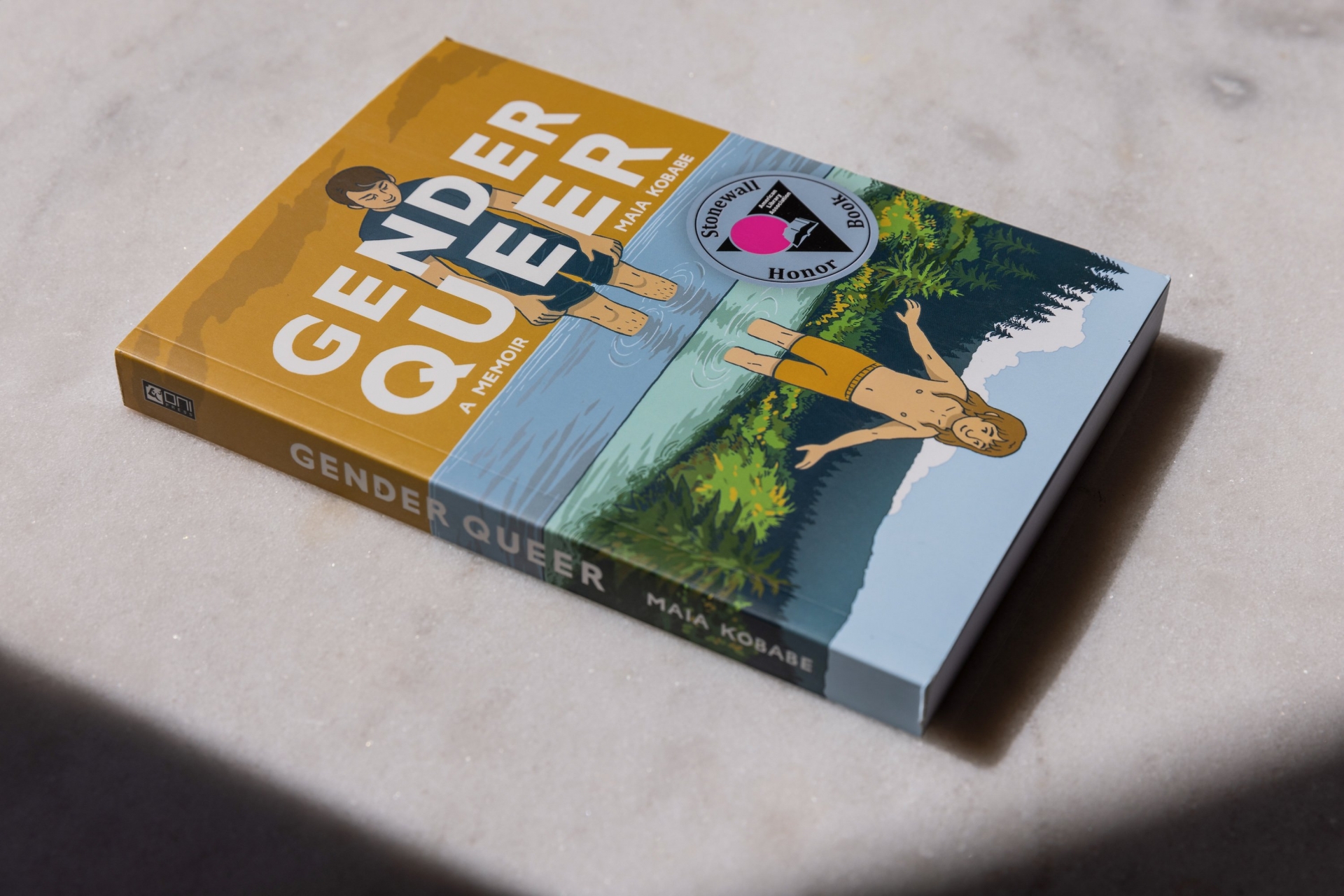 |
| Photo: texastribune |
Reasons: Banned, challenged and restricted for LGBTQIA+ content and because it was considered to have sexually explicit images.
This touching visual memoir describes the experience of growing up non-gender conforming, with at times devastating honesty. Kobabe isn't sure whether to identify as lesbian/gay, bisexual, or even transgender since a very young age: "I don't want to be a girl. I also don't want to be a boy. All I want to do is be myself. Kobabe grows up having to deal with difficult efforts at love and sexual entanglements, as well as manifestations of identity like dress and hairstyles. Kobabe's encouraging sister eventually says, "I think you're a genderless person." She was aware before I was (Kobabe)
2. “Lawn Boy,” by Jonathan Evison
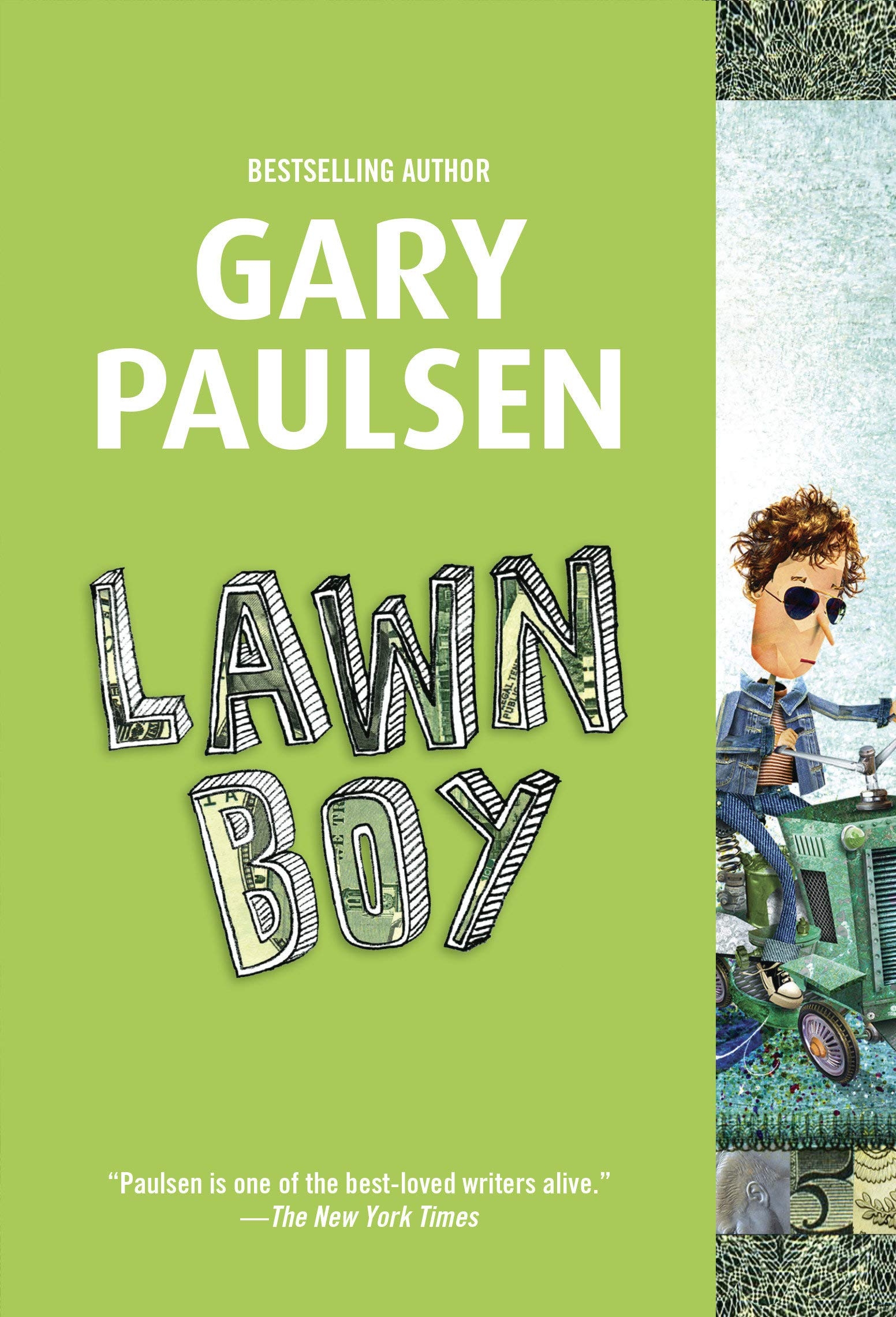 |
| Photo: amazon |
Reasons: Banned and challenged for LGBTQIA+ content, and because it was considered to be sexually explicit.
The witty, confused psyche of Mike Muoz, a recently sacked yard worker with a real knack for topiary and a sincere love for landscaping, is explored in this powerful fifth book by Evison (This is Your Life, Harriet Chance). Mike seeks refuge in the one place in the world that has always welcomed him: the library, after being fired for defying a client's requests to clean up after his dog. Mike is struggling to decide what to do next and considers writing the "Great American Landscaping Novel," the kind of book he enjoys reading. However, he soon discovers that writing novels isn't for people like him because "landscapers, especially unemployed ones... had bills to pay.
3. “All Boys Aren’t Blue,” by George M. Johnson
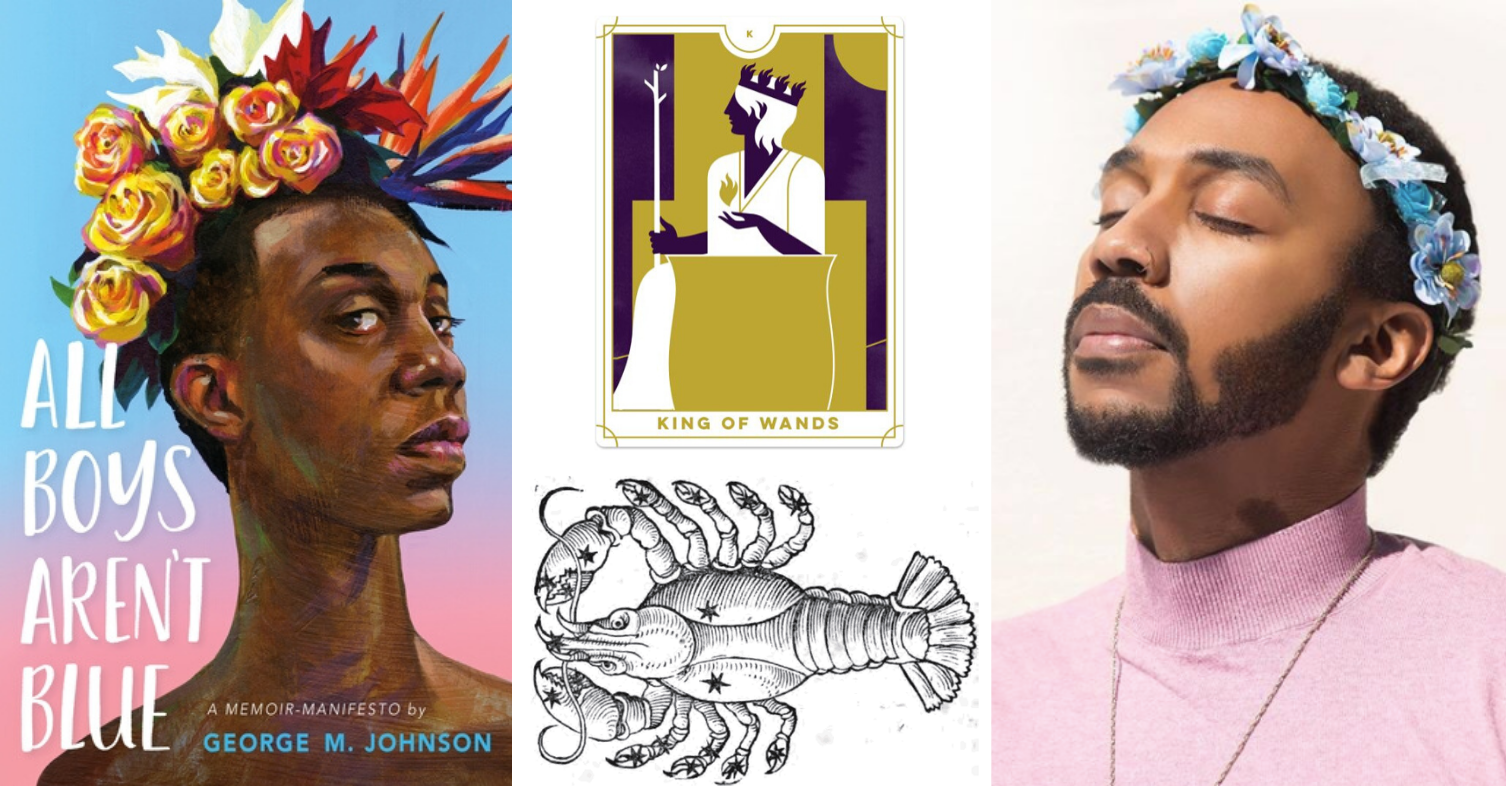 |
| Photo: bmoreart |
Reasons: Banned and challenged for LGBTQIA+ content and profanity, and because it was considered to be sexually explicit.
Johnson's debut, billed as a "memoir-manifesto," is a series of touching autobiographical essays focused on issues of identity and family. Johnson experiences a friction between his black and LGBT identities as a result of growing up in New Jersey and Virginia, even before he fully understands what distinguishes him from other members of his close-knit family. The adoring Elder/Johnson family is made up of Johnson's cousin Hope, a trans woman who serves as an example of pride and self-determination, and is led by the hilarious matriarch Nanny, whose take on familial loyalty and intimacy is "You might have to wipe my ass one day."
Johnson’s writing is a stylistic hodgepodge of anecdotes (“story time,” he periodically declares) and letters to relatives. In a publishing landscape in need of queer black voices, readers who are sorting through similar concepts will be grateful to join him on the journey.
4. “Out of Darkness,” by Ashley Hope Perez
 |
| Photo: goodreads |
Reasons: Banned, challenged and restricted for depictions of abuse, and because it was considered to be sexually explicit.
Young adult literature that sticks in our heads as adults frequently contains some form of terror. I can instantly return to brooding in the ocean-deep feelings of my teens at the mere mention of "All Quiet on the Western Front" or "I Am the Cheese." What causes us to feel the want to immerse ourselves in suffering and injustice as we become older? Out of Darkness by Ashley Hope Pérez fills the void, whatever it may be. Her intricate story of color lines, love, and suffering in an East Texas oil town is a pit in the stomach family drama that mixes sugary medicine and artisanal moonshine to make it go down with agony and curiosity the way it should.
| Opponents of publications may use the tactic of access limitations to deflect allegations of censorship rather than campaigning for the actual removal of books. Ban opponents claim that by limiting knowledge and inhibiting free thought, censors undermine one of education's primary purposes of training students to think critically. Proponents of free speech contend that such behavior endangers democracy, speech freedom, and tolerance. |
5. “The Hate U Give,” by Angie Thomas
 |
| Photo: medium |
Reasons: Banned and challenged for profanity, violence, and because it was thought to promote an anti-police message and indoctrination of a social agenda.
Starr Carter, 16, lives in a gang-torn neighborhood and feels like an outsider because she attends a premium school located far away. Nevertheless, she can't be herself at Williamson Prep, where she is one of a small number of black pupils, either: no slang, no fury, no attitude. "Williamson Starr" is the version of herself who "doesn't give anyone an excuse to call her ghetto." When she takes a ride home from Khalil, a childhood friend, who is then pulled over and shot dead by a white cop, she is already battling what Du Bois called "double awareness." From page one, Starr's narrative grabs the reader's attention. Thomas, a debut author, uses Starr's perspective as a prism through which to investigate Khalil's murder, Williamson's casual racism, and Starr and Starr's tense relationship.
Though Thomas’s story is heartbreakingly topical, its greatest strength is in its authentic depiction of a teenage girl, her loving family, and her attempts to reconcile what she knows to be true about their lives with the way those lives are depicted—and completely undervalued—by society at large.
6. “The Absolutely True Diary of a Part-Time Indian,” by Sherman Alexie
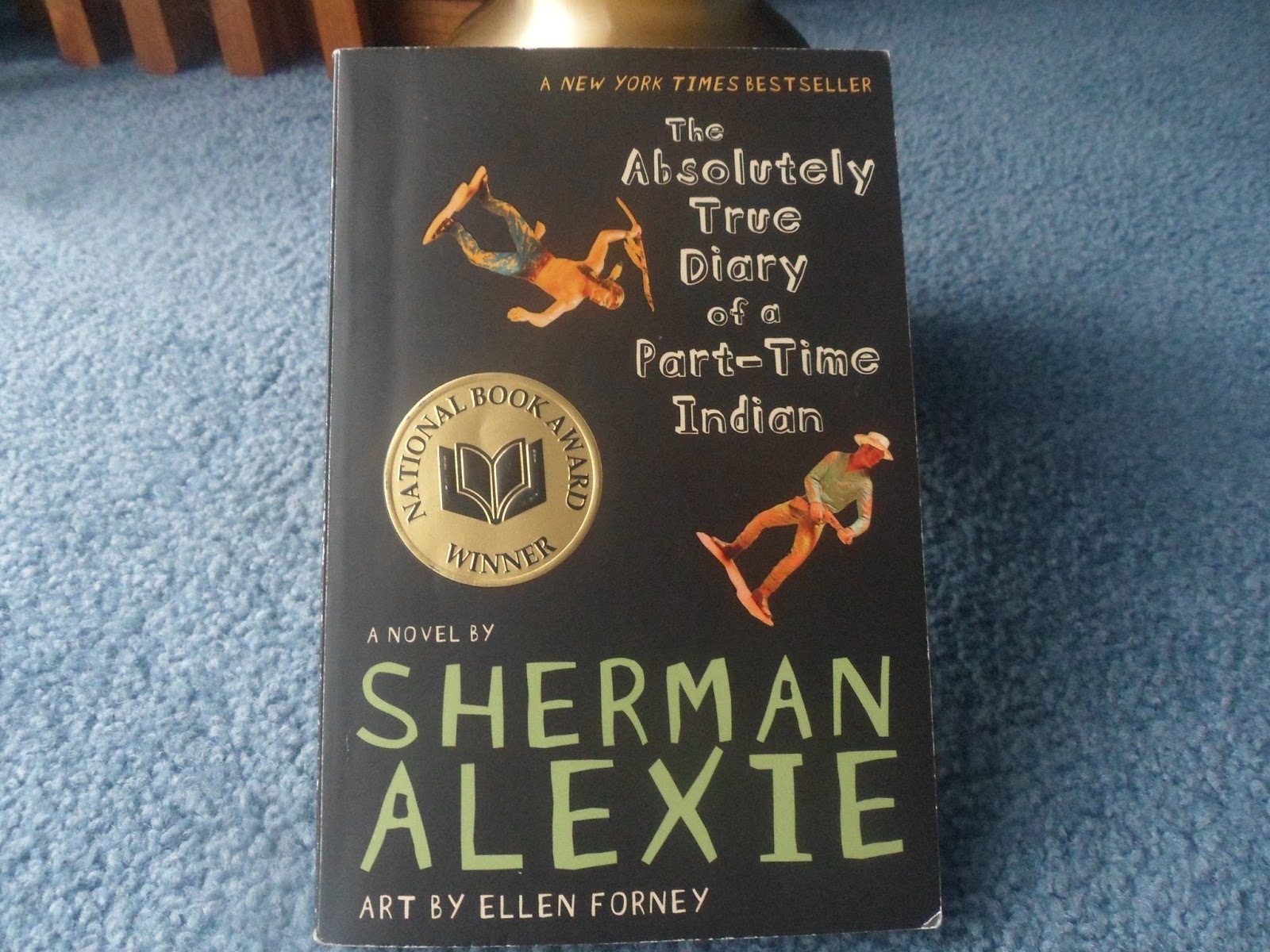 |
| Photo: deelasees |
Reasons: Banned and challenged for profanity, sexual references and use of a derogatory term.
The Native American counterpart of Angela's Ashes, written by screenwriter, novelist, and poet Alexie, is a coming-of-age tale that is so acutely observed that, despite being based in a particular culture, it manages to be both universal and painfully funny. The novel centers on Junior's fervent wish to leave the reservation and is written as the diary of Spokane Indian cartoonist and hydrocephalic 14-year-old Junior.
7. “Me and Earl and the Dying Girl,” by Jesse Andrews
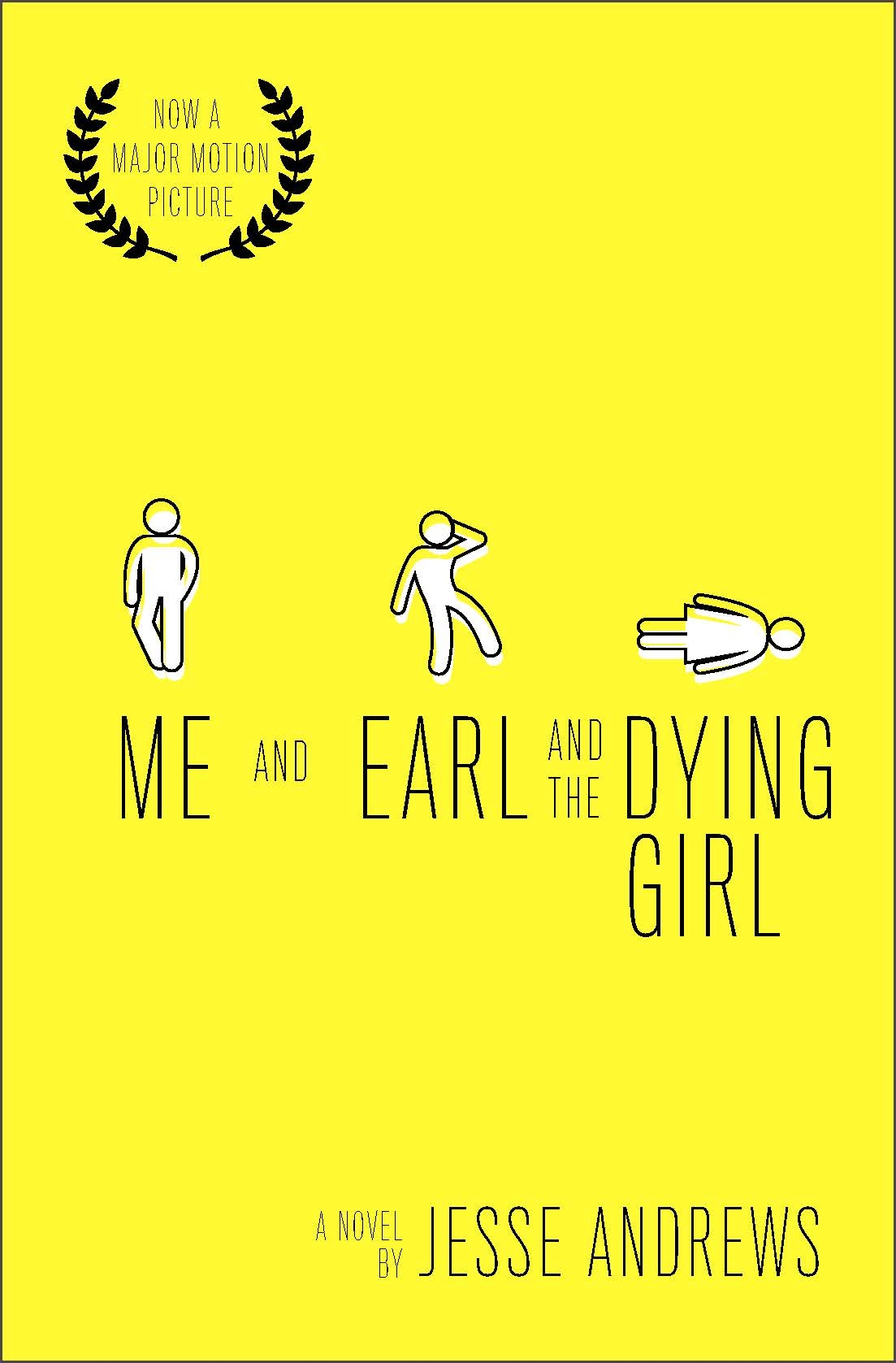 |
| “Me and Earl and the Dying Girl,” by Jesse Andrews - Photo: chadwbeckerman |
Reasons: Banned and challenged because it was considered sexually explicit and degrading to women.
Andrews takes on some difficult issues in his debut book with humor and casualness. Greg Gaines, a senior, has been flitting between cliques throughout high school, trying to be friendly with everyone while being friends with no one. Making terrible videos with his foul-mouthed friend Earl is his only pastime. As his mother urges Greg to spend time with Rachel, a classmate who has leukemia, Greg's carefully cultivated routine is interrupted.
Before being duped into creating a movie on Rachel, Greg reluctantly renews his friendship with her. This story tries a little too hard to be both humorous and tragic, mixing coarse comedy and painful self-awareness, and is narrated by Greg, who takes self-deprecation to new heights (or maybe depths).
8. “The Bluest Eye,” by Toni Morrison
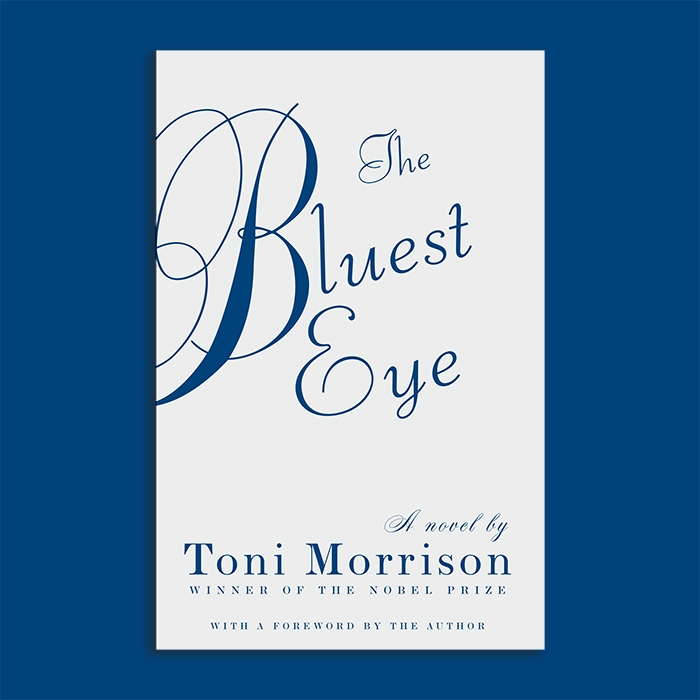 |
| “The Bluest Eye,” by Toni Morrison - Photo: shopatmatter |
Reasons: Banned and challenged because it depicts child sexual abuse and was considered sexually explicit.
The Bluest Eye is a poem that challenges beauty itself and the effects of beauty standards on people who do not meet them, in addition to being a captivating story. This work, set in the 1940s, continues to astound readers today because beauty is an obsession that has existed throughout history.
The protagonist's desire for blue eyes serves as the inspiration for the title. Pecola Breedlove has a problem adhering to the "whiteness" beauty ideal, which is where her infatuation with blue eyes comes from.
9. “This Book is Gay,” by Juno Dawson
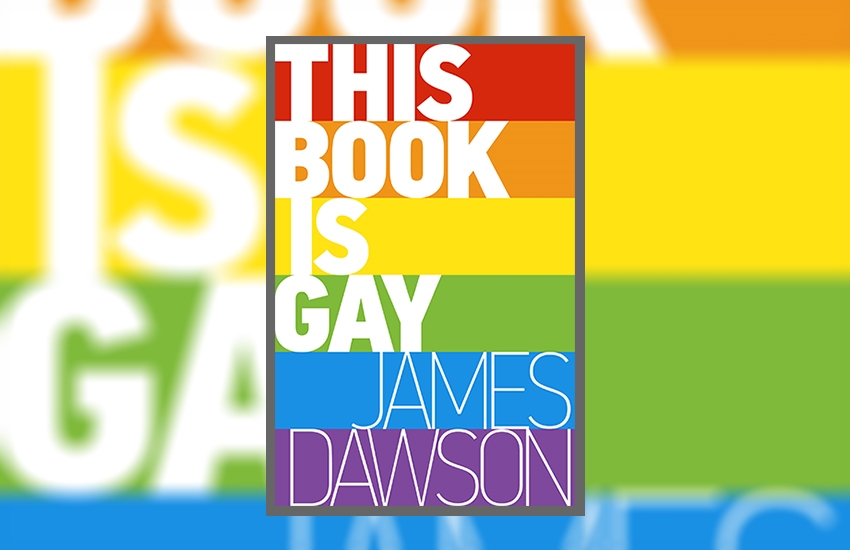 |
| Photo: gaystarnews |
Reasons: Banned, challenged, relocated and restricted for providing sexual education and LGBTQIA+ content.
This humorous guide, which was first released in the UK, provides a thorough review of gender identity, sexual orientation, coming out, dating, and other topics. Dawson debunks stereotypes like "Gay women hate men" ("I imagine they'd hate men who said that to them, yes") in a lighthearted manner that should reassure nervous readers. He also defines terms like "camp" and "cubs" and provides (very) frank advice on sex ("A bit of spit, Brokeback Mountain-style, is NOT a substitute for a proper water-based lubricant").
Gerrell’s playful b&w cartoons help maintain an encouraging atmosphere, even when Dawson turns to homophobia/transphobia, anti-gay legislation, and STDs. Readers will find guidance to navigating their sexual identities and more general advice about self-esteem, forming respectful relationships, and seeking personal fulfillment.
10. “Beyond Magenta,” by Susan Kuklin
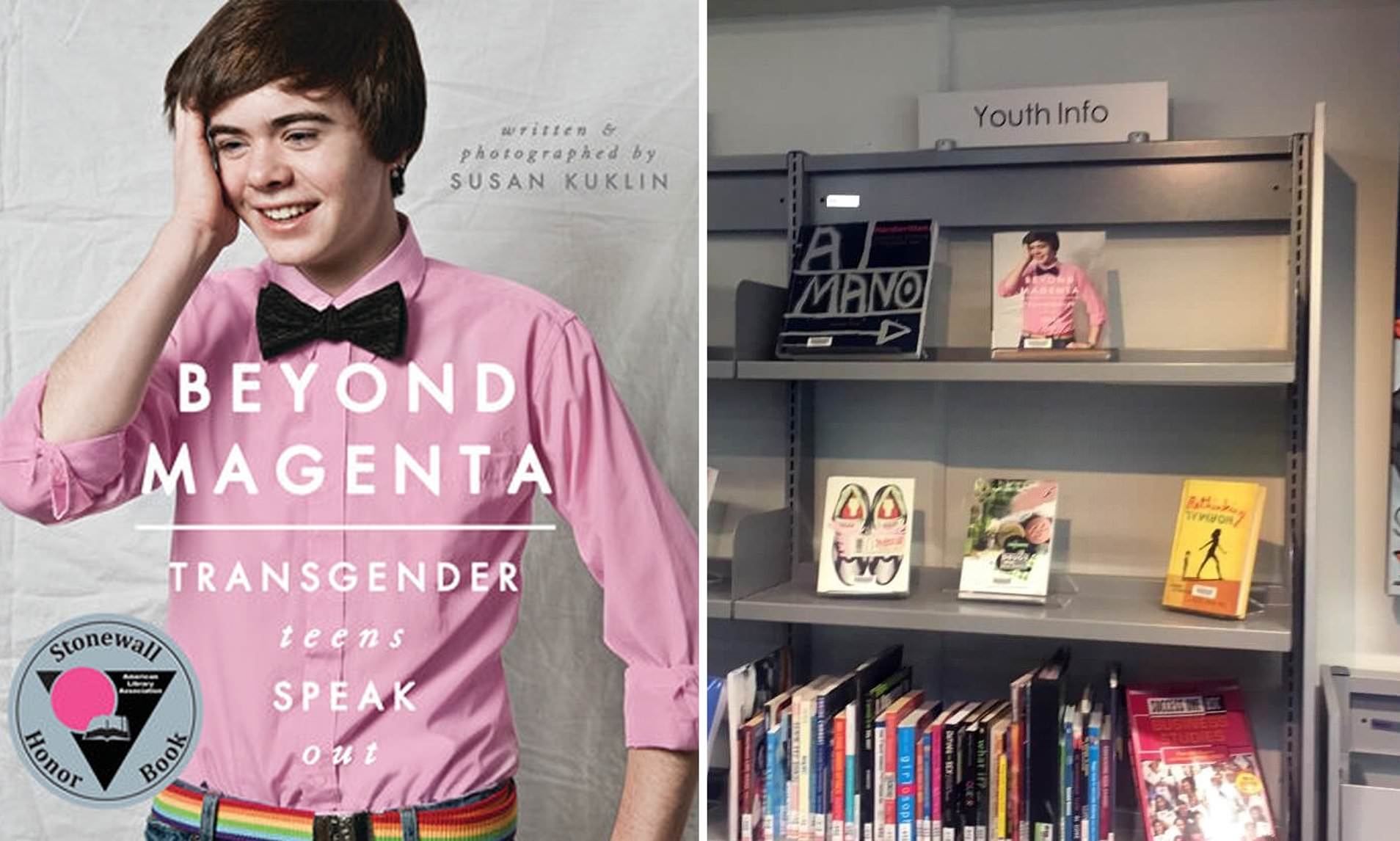 |
| Photo: dailymail |
Reasons: Banned and challenged for LGBTQIA+ content, and because it was considered to be sexually explicit.
Author/photographer Kuklin provides first-person accounts from six transgender kids, drawn from interviews she conducted and shaped with feedback from her subjects, in a resource that teens and, honestly, many adults really need. The six "chapters" read like autobiographies, with Kuklin's occasional context- and time-jump-bridging inserts. The challenges that even the most well-adjusted, well-supported transgender teens face, from mockery by peers and adults alike to feelings of isolation and discomfort in their own bodies, will become more clear to readers as they gain a deeper understanding of gender as a spectrum and societal construct.
Top 10 Most Challenged Books1. George by Alex Gino Reasons: Challenged, banned, and restricted for LGBTQIA+ content, conflicting with a religious viewpoint, and not reflecting “the values of our community” 2. Stamped: Racism, Antiracism, and You by Ibram X. Kendi and Jason Reynolds Reasons: Banned and challenged because of author’s public statements, and because of claims that the book contains “selective storytelling incidents” and does not encompass racism against all people 3. All American Boys by Jason Reynolds and Brendan Kiely Reasons: Banned and challenged for profanity, drug use, and alcoholism, and because it was thought to promote anti-police views, contain divisive topics, and be “too much of a sensitive matter right now” 4. Speak by Laurie Halse Anderson Reasons: Banned, challenged, and restricted because it was thought to contain a political viewpoint and it was claimed to be biased against male students, and for the novel’s inclusion of rape and profanity 5. The Absolutely True Diary of a Part-Time Indian by Sherman Alexie Reasons: Banned and challenged for profanity, sexual references, and allegations of sexual misconduct by the author 6. Something Happened in Our Town: A Child’s Story About Racial Injustice by Marianne Celano, Marietta Collins, and Ann Hazzard, illustrated by Jennifer Zivoin Reasons: Challenged for “divisive language” and because it was thought to promote anti-police views 7. To Kill a Mockingbird by Harper Lee Reasons: Banned and challenged for racial slurs and their negative effect on students, featuring a “white savior” character, and its perception of the Black experience 8. Of Mice and Men by John Steinbeck Reasons: Banned and challenged for racial slurs and racist stereotypes, and their negative effect on students 9. The Bluest Eye by Toni Morrison Reasons: Banned and challenged because it was considered sexually explicit and depicts child sexual abuse 10. The Hate U Give by Angie Thomas Reasons: Challenged for profanity, and it was thought to promote an anti-police message |
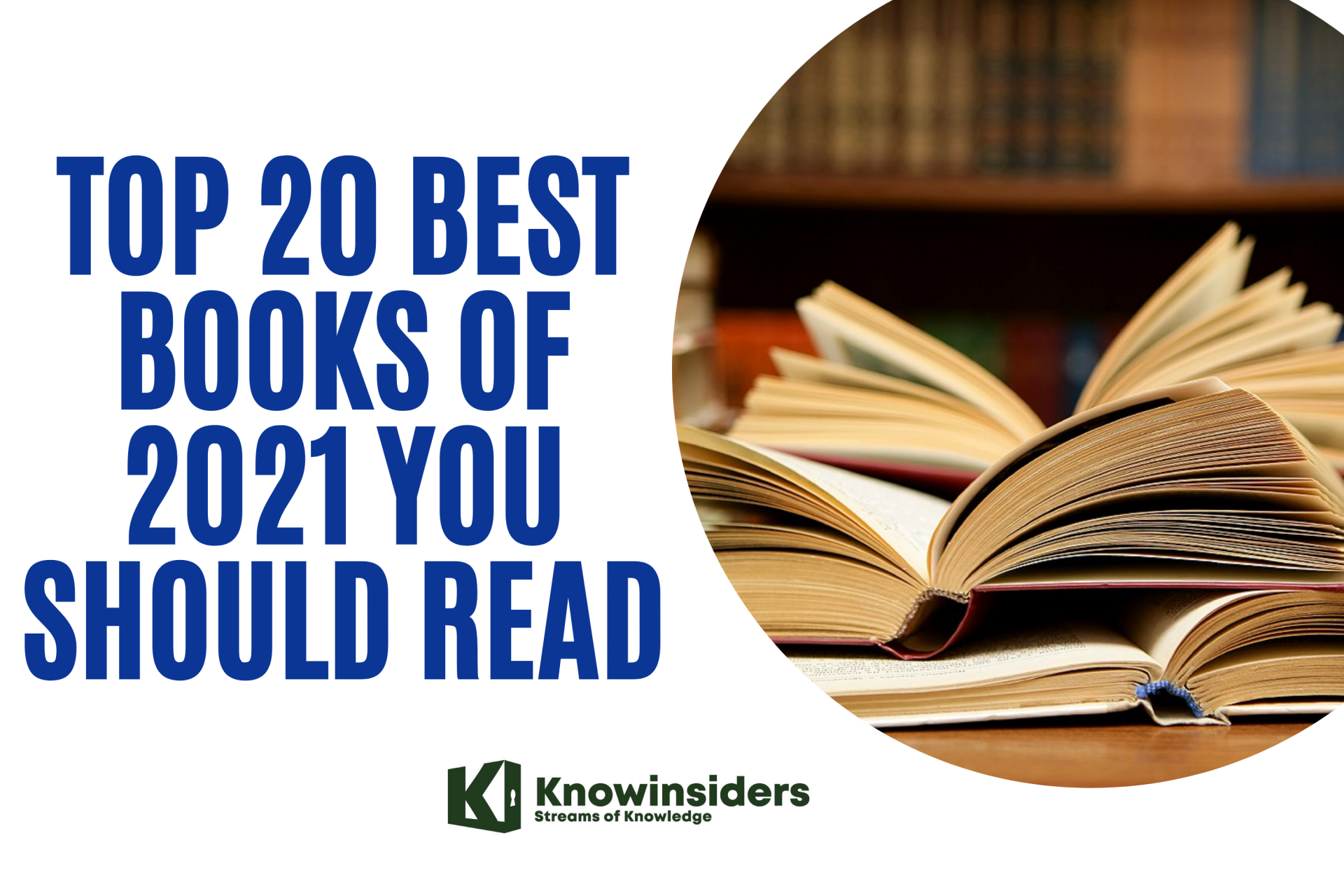 Top 20 Best Books That You Should Read Top 20 Best Books That You Should Read If you're looking for great books for reading next years, check out KnowInsiders' list right below with short reviews to choose your favorite ones! |
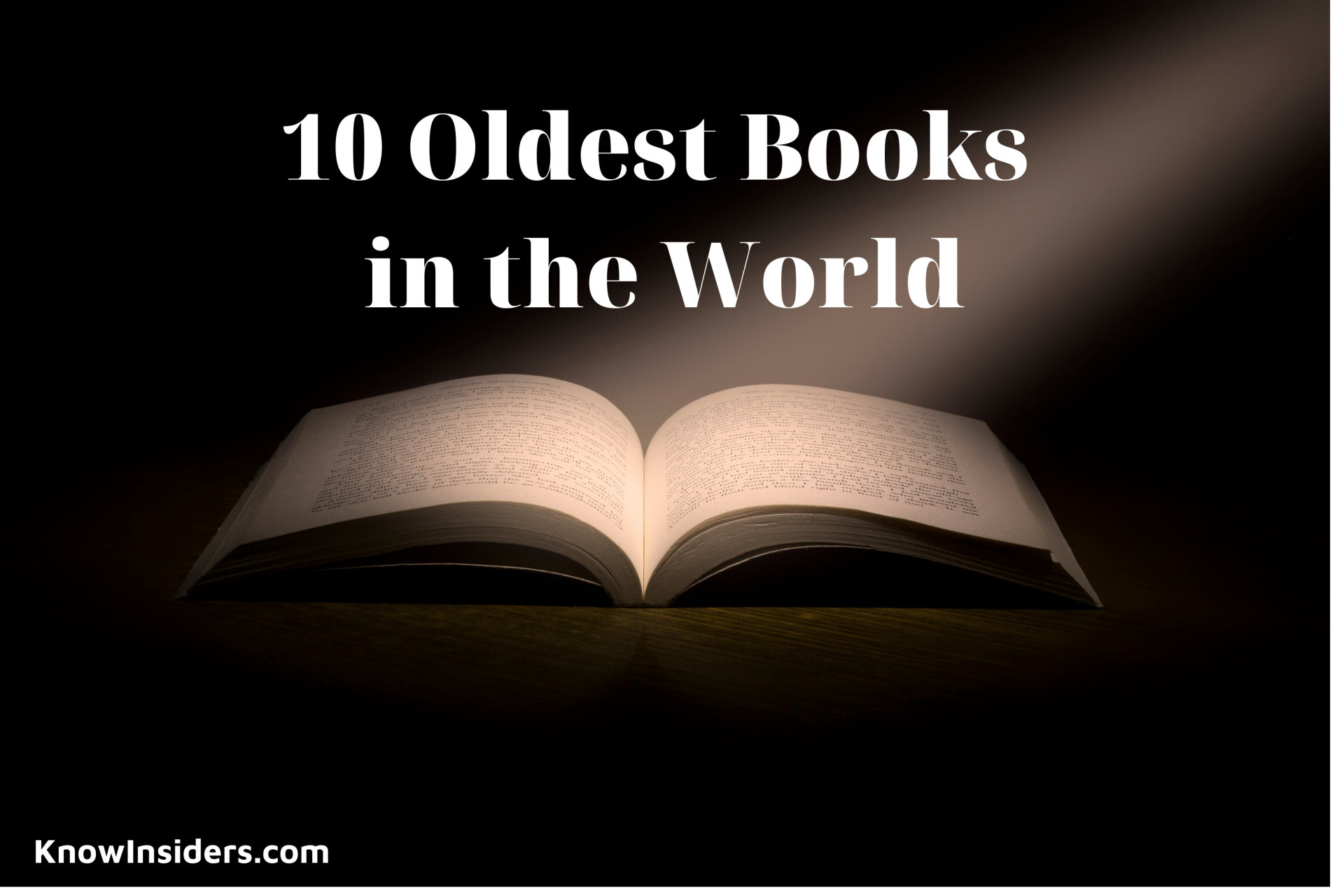 Top 10 Oldest Books in the World Top 10 Oldest Books in the World Books provide new generations to learn from generations past, allowing information and storytelling to pass through the ages. |
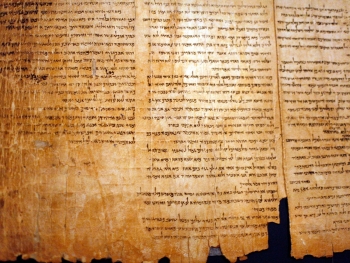 Top 10 Oldest Known Surviving Books in History Top 10 Oldest Known Surviving Books in History Since the invention of writing system, humans began to write on books. Dated back long time before books are precious assets delivering ancestor's experiences and ... |























